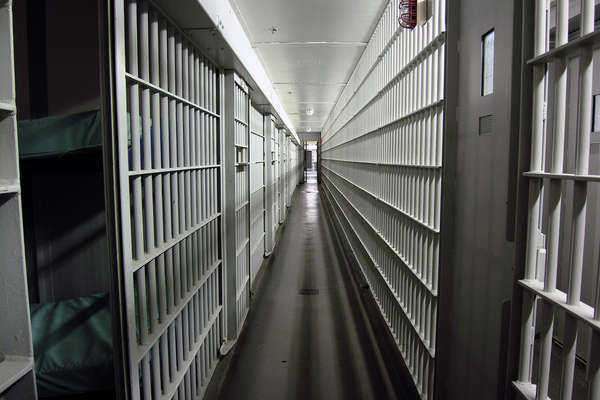
Penology
Penology is a field of criminology. One of the primary concerns of penology is prison reform. Prison reform addresses many concerns, such as the proper practice of re-socialization, reducing recidivism, protecting prisoners’ rights, how to balance deterrence, retribution, and rehabilitation, and helping felons find jobs after their release.
Resocialization
Re-socialization refers to the process by which individuals are helped to adapt to life in a new environment. Re-socialization for to jail involves teaching individuals how to abide by the rules of the jail.
Jobs for convicted felons
Finding jobs for convicted felons is a challenge. Some jobs for felons cannot be held due to a previous arrest. Jobs for ex-offenders may be permitted if the individual is cleared by a licensing board to hold a job the convicted felon would otherwise be unable to hold.
Recidivism
Recidivism is the chance of a repeat offender committing another offense. Recidivism typically refers to when a repeat offender commits an offense that is similar to the act they were previously convicted of, although recidivism may also occur if a shoplifter commits murder.
Prisoners rights
Prisoners’ rights refers to the rights that are retained by prisoners even after they have been convicted of a crime. Much of the prisoners’ rights movement is concerned with helping prisoners make sure that their rights are not violated.
Deterrence
Deterrence is the aspect of penology that aims to prevent an individual from deciding to pursue a course of action that will result in them becoming a felon in the first place. Deterrence can be specific or general.
Retribution
Retribution is the attempt to make sure that a convict receives a punishment that is appropriate to the crime the convict has committed. Modern practices of retribution means ensures that a convict will not receive a punishment that is identical to their crime, but is simply proportionate.
Rehabilitation
Rehabilitation of felons is the goal of much of the American penal system. Rehabilitation of felons has become the guiding principle in penology over the last century.
 The Connecticut Department of Correction offers up a CT inmate search tool for those looking to find a particular inmate within the Connecticut jail system. This jail inmate lookup tool can be found on the website for the Connecticut Department of Correction. One can perform a CT inmate search using this jail inmate lookup tool with only such information as the inmate’s name, date of birth, or Connecticut Department of Correction inmate identification number.
The Connecticut Department of Correction offers up a CT inmate search tool for those looking to find a particular inmate within the Connecticut jail system. This jail inmate lookup tool can be found on the website for the Connecticut Department of Correction. One can perform a CT inmate search using this jail inmate lookup tool with only such information as the inmate’s name, date of birth, or Connecticut Department of Correction inmate identification number. 























